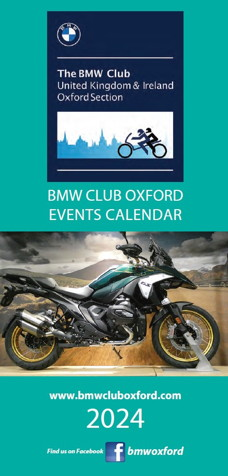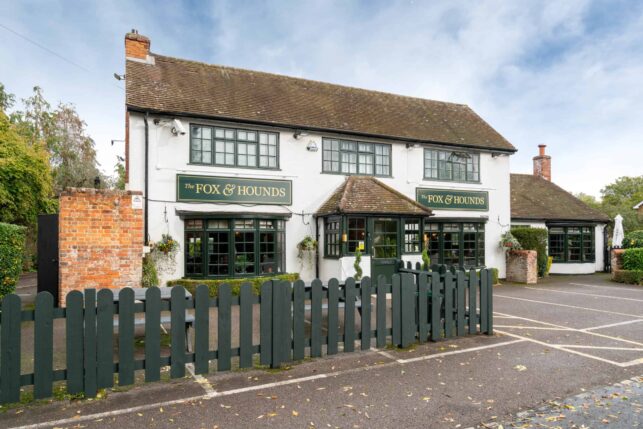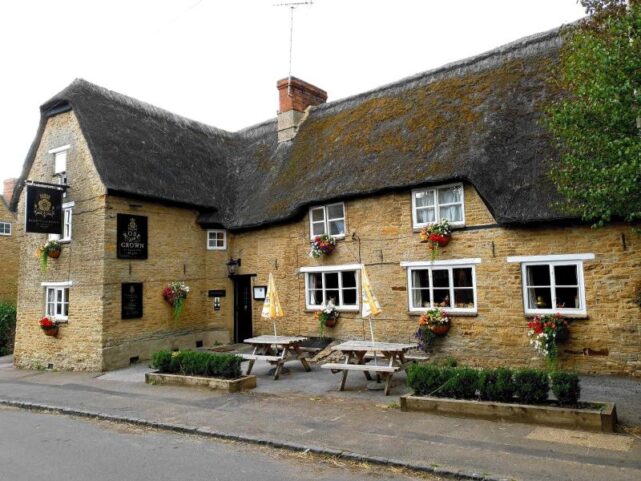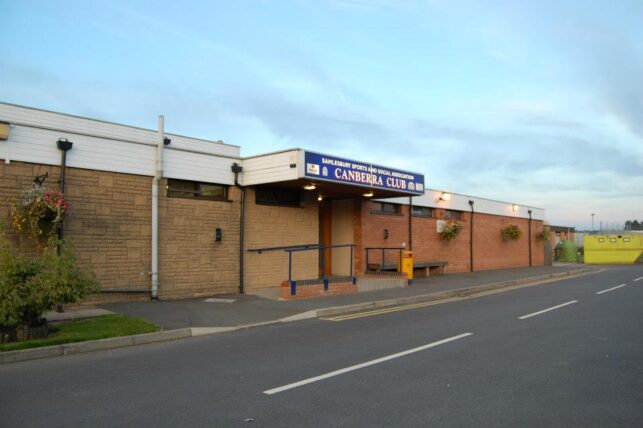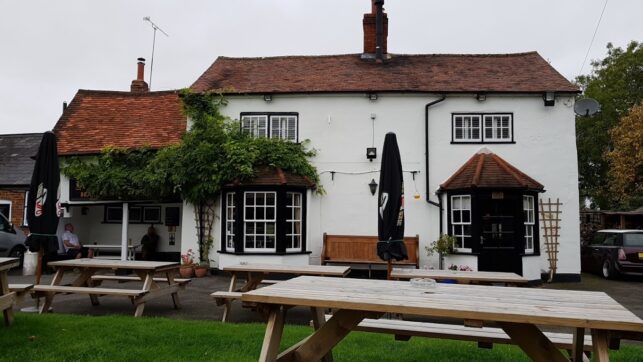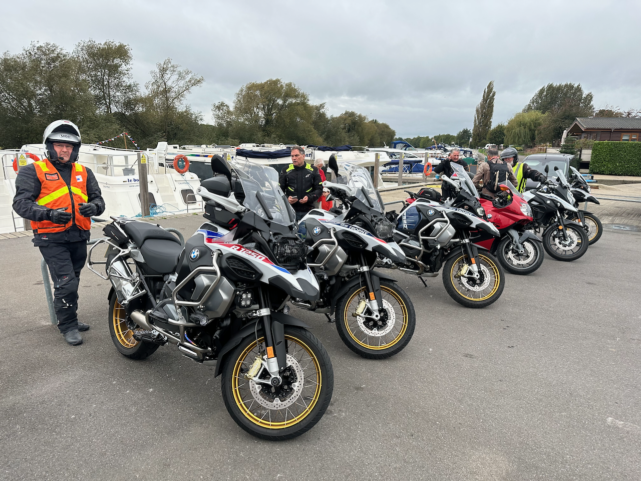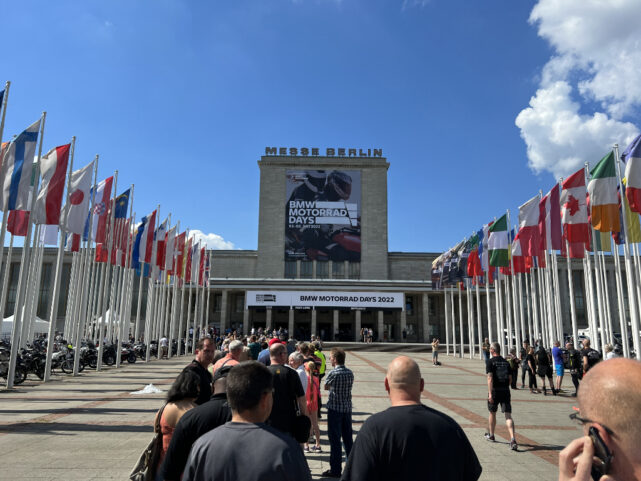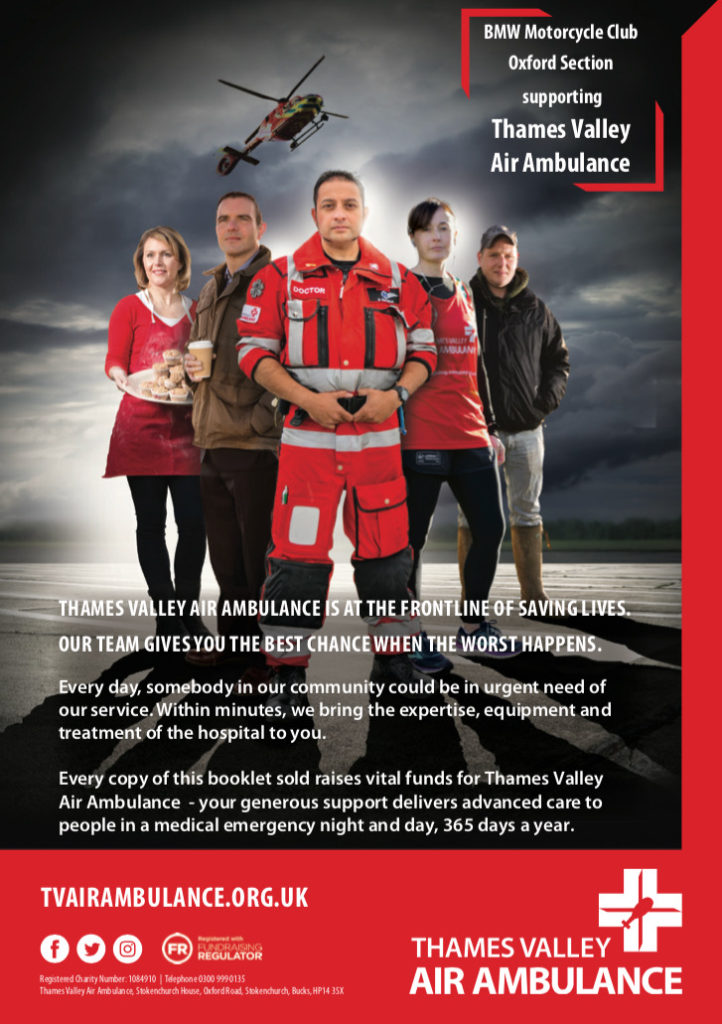A European Touring Guide
This article is based on a practical approach to motorcycle touring using my own experience. Whether you are a seasoned tourer or a newbie, hopefully there will be something here for you, so please read on…
Planning
You should never be under prepared when you set off abroad on your bike. Planning the trip is great fun and helps you look forward to the event itself. I find it helps to travel with friends. This provides mutual support and usually a good craic in the evenings over a beer or two.
You can split planning into several parts:
- Booking hotels and channel crossing
- Routes and mapping
- Bike preparation
- Packing
- Legal, financial and Insurance
Booking hotels and channel crossing
I have typically been abroad with a tour organised either by the BMW Club Oxford Section or a commercial tour operator. As a result, I have benefitted from the advice and guidance of many friends over the past 15 years. For 2019 I am joining the trip to Austria. Using this example, I decided that the sensible route was via the Channel Tunnel stopping overnight each way at Reims and the Black Forest area of Germany.
The choice of channel crossing is a personal one. Ferries give you an opportunity to relax and eat while crossing the channel. The tunnel in theory is more efficient but can be subject to delays when busy. Harwich to the Hook of Holland ferry overnight was also an option for Austria, but I would rather sleep in a non-moving bed!
I use Booking.com generally as I have found them to be very reliable. (Other internet sites are of course available!) Because of web sites’ rules about pricing, sometimes you can get additional discounts or better rooms if you contact hotels directly. They are not allowed to post lower prices on their own websites than the ones quoted on something like Booking.com, but they can give you a discount. In most cases you can book fully cancellable up to a day or so before travel. This can be very useful if plans change.
Routes and mapping
To work out my route at home I use a BMW Navigator IV and BaseCamp. On the road I also take some maps with me as backup: Large scale eg 1:1,000,000 for the longer distance journeys and smaller scale eg 1:200,000 for the target areas where I will be staying. Ideally, I limit a day’s riding to about 300 miles if mostly motorway (eg Oxford to Reims for a stopover) and no more than 250 if using a mixture of roads. The more scenic the roads the more pleasurable the journey, but the trade-off is the length of time it takes to complete.
I note that in France the D roads are now limited to 80kph (or 50mph). There are lots more fixed and mobile speed cameras. Also, the French generally observe the limits so if you wind it on too much you will stand out from the rest of the traffic and attract a fine.
I set up (or borrow someone else’s) BaseCamp routing on my satnav. This is my guide, but I also look in detail at maps to give me an overview of the route and any problematic areas. After picking up a BaseCamp route, it is a good idea to make sure you have waypoints set for important points on the route such as hotels or sightseeing locations. The five Ps – Planning prevents p*** poor performance sums it all up!
Bike preparation
Get your servicing done before you go is my motto. If you are within 1,000 miles of the service interval I would get it done early. If the tyres have say 2,000 miles left and your trip is 1,500+ it can be a false economy to risk them. The idea that you must wear them down to the canvas before changing is neither legal nor sensible. Consider also what spares and fluids to pack. Top up oil(s); puncture repair kit; pump; basic toolkit. Consider Ultraseal or equivalent in the tyres. Always ensure you have a shakedown ride or two with a full load before you set off. If you are carrying a pillion for the trip and don’t ride together regularly, the pillion should join the shakedown ride too!
Packing
The old adage less is more should be applied. Even if like me you are going solo with two panniers and a topbox, the temptation is always to have more items than you need. Invariably I return with several unworn garments. I asked Nigel Richardson at his talk how he packed his GS Adventure for a 4-month trip from Alaska to Chile when I was struggling to pack for 10 days. His reply was simple. “When in the Army if I was away for 3 days, I packed for 3 days. If I was away for 3 weeks, I packed for 3 days. If I was away for 3 months, I still packed for 3 days.” (you get the pattern).
When you stay overnight there should be washing facilities available. (Hotels are better than camping for me, but the same principal holds true). When you shower at the end of the day’s ride you put your underwear and base layers in the shower tray and use your feet to act as the washing machine. The shower detergent you are using is almost as good as washing powder and after a good rinse the garments can be wrung out, then wrapped individually in a towel, rolled up and stamped on to get them as dry as possible. Good quality underwear and base layers are generally quick drying. I have Rohan garments which are designed to be lightweight, quick drying and good at moisture wicking in use as well as non-chafing. If they are not quite dry next morning, put them in a spare bin bag and then finish drying them the next night.
My basic rule is to layer up with fairly thin items. I do have a very bulky fleece for use in winter, but generally I am touring in warmer months. Good motorcycle gear is essential. If this is not waterproof and the weather turns showery, you will need to stop and put on a rain suit. Most rain suits tend to get damp inside, so it is better to get a good-quality jacket and trousers that can breathe and repel moisture. More comfortable all round. I don’t find leathers very practical. Good boots and gloves are essential. It pays to have two pairs of gloves – an all-season waterproof pair for cold starts, high passes and poor weather, and a summer pair for general use (and in case you lose a pair).
A flip front helmet is essential for me. Most now come with integral sun visors. Generally, at Border crossings, the customs officials are happy if you flip your lid up. If you are wearing a full-face helmet you will almost always be asked to remove it. As a wearer of spectacles, this becomes a tedious task causing stress with the impatient queue behind you.
General clothing. Take as much lightweight stuff as you think you may need and then halve it! Also use vacuum type bags where you can sit on the filled bags to squash and seal them. These take up a lot less space in your panniers. If it is a summer trip you are unlikely to need jacket and formal trousers or a tie. Good quality polo or T shirts don’t take up much room and are smart enough. You can get away with shorts or one pair of chinos for your trip. Again, if you have items that will dry fairly quickly, these can be washed and reused. Cotton T shirts can take an age to dry. Synthetic wick-able items are more practical. Look out for Section Regalia Offers soon!
I have a generic packing list that I start with and adapt as necessary. It saves having to start from scratch each time. If there are two of you, consider using a tank bag for lighter but bulky items eg rain gear, spare gloves, pullovers, shoes etc. If you do use a tank bag (or other soft luggage) you will need to keep an eye on it at the stops. Having a quick release system and a carry strap means that you can take it inside the services on the motorway thus reducing the opportunity for theft. If you have hard luggage use pannier bags. These make it easy to load the bike and much easier at intermediate stops than lugging panniers which could be wet and grimy into your hotel.
Legal, financial and Insurance
Don’t forget your passport and EHIC card (assuming this still works after Brexit?). It is essential to take some currency with you, but many items eg fuel, tolls, food and drink can be purchased with a credit card. Carrying a lot of currency can be dangerous too. Always ensure that your credit card issuer knows you are going to be abroad for a while and that your card will work OK. There is nothing worse than finding the only accessible fuel station (24/7) uses cards only and yours won’t work. A good credit card is one that doesn’t charge for use overseas and plays fair on conversion rates. Use a reliable source of recommendation such as Moneysavingexpert.com
As a general rule you should take your original V5, MOT (if applicable), Insurance certificate and driving licence. At the time of writing the Brexit issue has not been resolved. You may need to ask for an Insurance green card and/or buy an International Driving Permit from the Post Office.
You should always have not only motor insurance cover for the bike abroad but also travel insurance and breakdown cover. I had to use this last item on my return from the Black Forest and Vosges MSL Tour. The drive shaft on my RT failed. My motor breakdown cover was with the RAC who performed splendidly. Travel insurance needs to be in place when you book, or any cancellations may not be covered. Don’t forget your travel and breakdown insurance details. It also pays to put their contact numbers on your phone.
Always double check the speed limits of the countries you plan to visit. NB these can change as happened in France last year
Conclusion
Your bike holiday is about enjoyment not endurance. With proper planning and preparation, the holiday should be enjoyable.
AND DON’T FORGET TO RIDE ON THE RIGHT!!!
Here are some internet sites which you may find helpful for more detailed advice:
http://www.bmf.co.uk/advice/touring-advice/
http://www.rac.co.uk/travel/driving-abroad
http://www.rac.co.uk/driving-abroad/germany
http://www.rac.co.uk/driving-abroad/france
http://www.rac.co.uk/driving-abroad/austria
The all Important check list.





